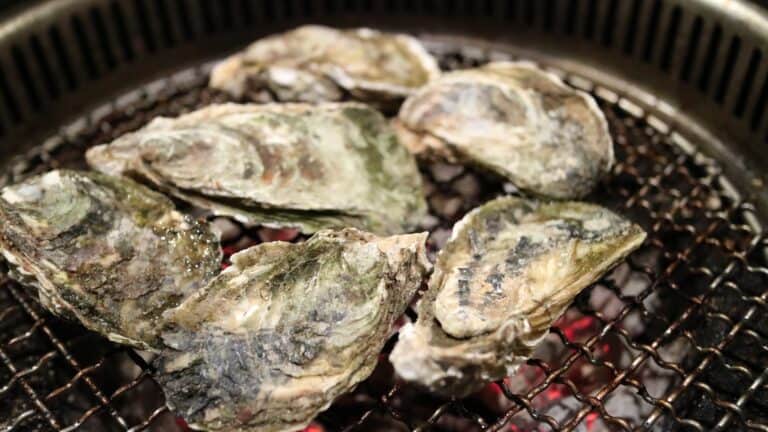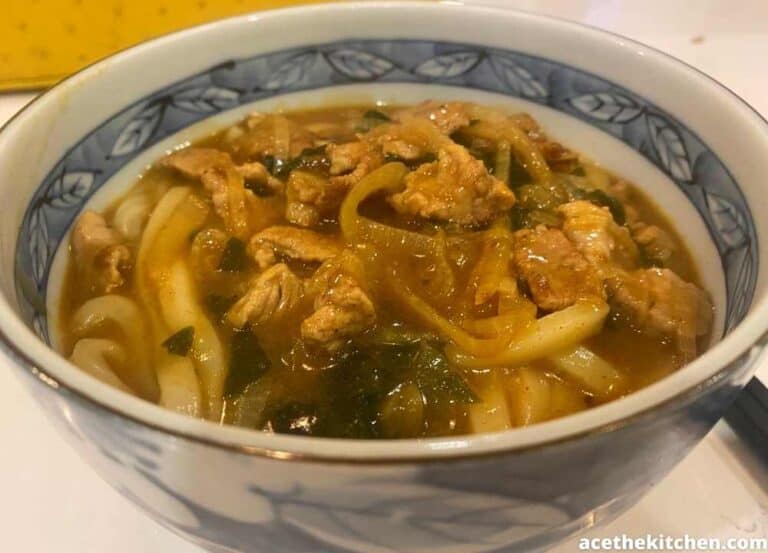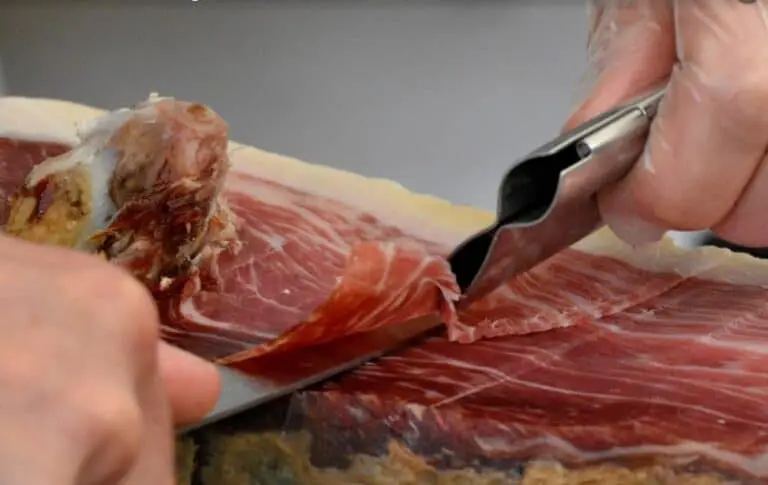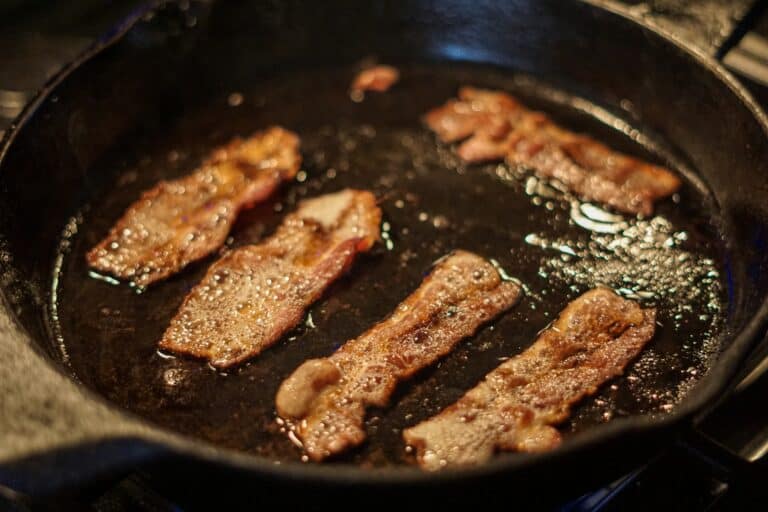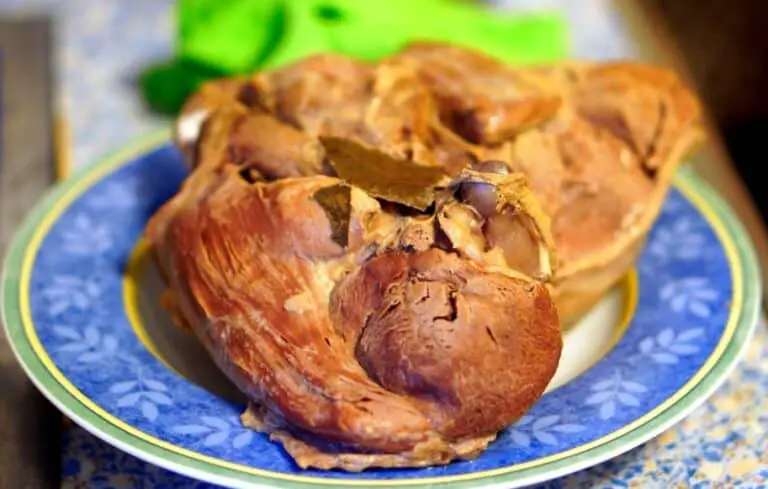The 7 Different Types of Dashi
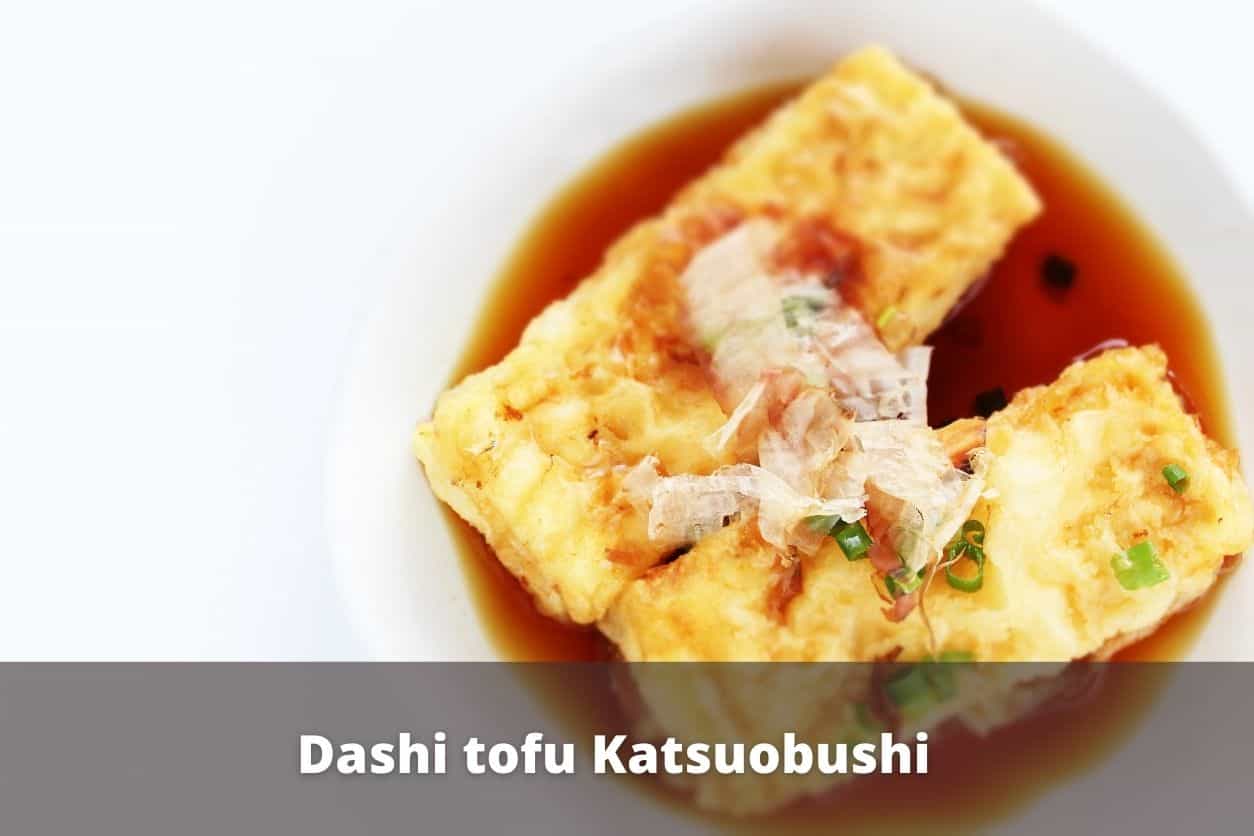
All Types of Dashi: Ichiban and Liban Dashi, With Kombu, Katsuobushi, Shiitakes
Dashi is the base broth of Japanese cuisine. Without this ingredient, its cuisine cannot be understood. It is an atypical broth because the most important thing is not the flavor it has, but the fact that thanks to a large amount of umami it contains, it enhances the flavor of the other ingredients with which it is taken.
The fundamental ingredient is kombu seaweed, which, if it is of good quality, practically only provides umami (not for nothing is it the ingredient that contains the greatest amount of monosodium glutamate naturally) and a minimal marine flavor.
The highest quality kombu is aged for at least a year to increase the glutamate content and decrease its marine flavor. Dashi can be made with only kombu (kombu dashi) or by adding other ingredients, the most common being katsuobushi, although dried fish (niboshi) and shitake mushrooms (vegetarian dashi) are also used.
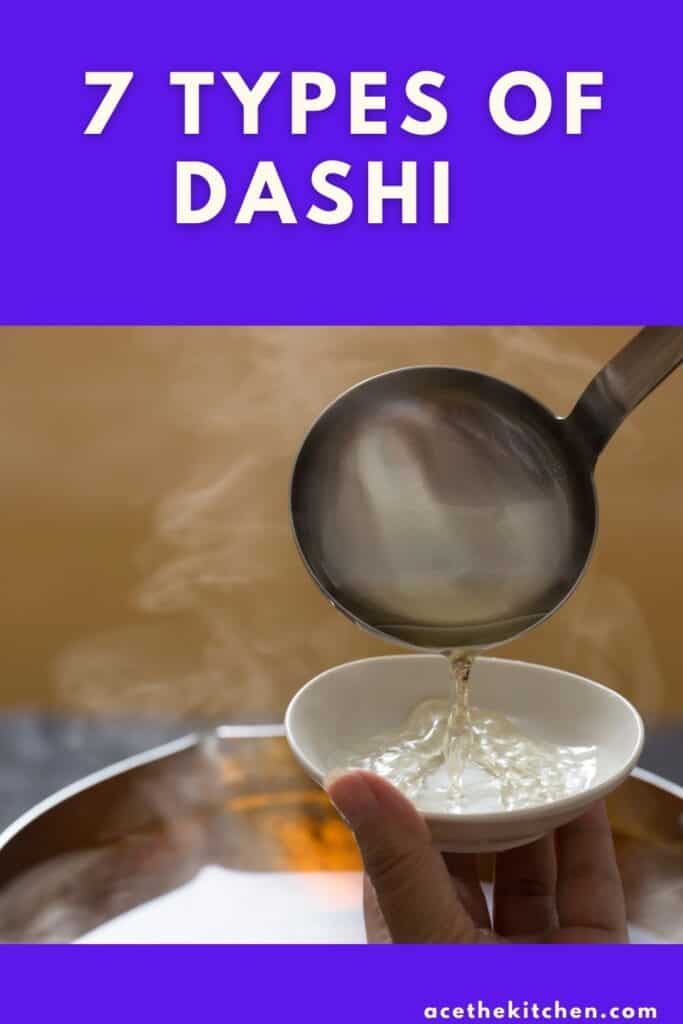
Kombu dashi can be made in two ways, the first milder and the second more intense in flavor:
- Kombu dashi soaking: leave for 10 hours 10 g of kombu per liter of water in the refrigerator. This kombu can be reused up to three times following the same process.
- Kombu dashi is heated, although there are several ways to prepare it, the basic one is to heat the water with the kombu (10 gr. X 1 l.) until small bubbles start to appear at the bottom of the water and remove immediately (if you leave it too long the dashi can give a gelatinous texture to the water).
Recommendations:
- Lightly wipe the seaweed with a damp cloth before putting it in the water.
- To get the most out of kombu, it is best to cook it at 60-65ºC for one hour.
- Kombu is also used to “cure” fish or seafood and give it its umami : clean the fish and slice or peel the seafood and clean. Salad and let it sweat for 1 hour. Splash the fish with sake and wrap it in kombu sheets (previously soaked) for 2 to 5 hours.
This is almost always combined with katsuobushi (cooked, dried, fermented and smoked bonito, for more information, see the last ingredient in the post on Japanese seafood).
Its taste is a bit strange for those who are not used to it, it has pronounced fishy aromas, smoky touches and the unmistakable sensation of umami.
There are many varieties of katsuobushi, but the fundamental ones are those made with or without chili, that is, with or without the dark part of the bonito meat. This part brings a much more pronounced flavor to dishes that need more flavor, such as ramen or soba dishes.
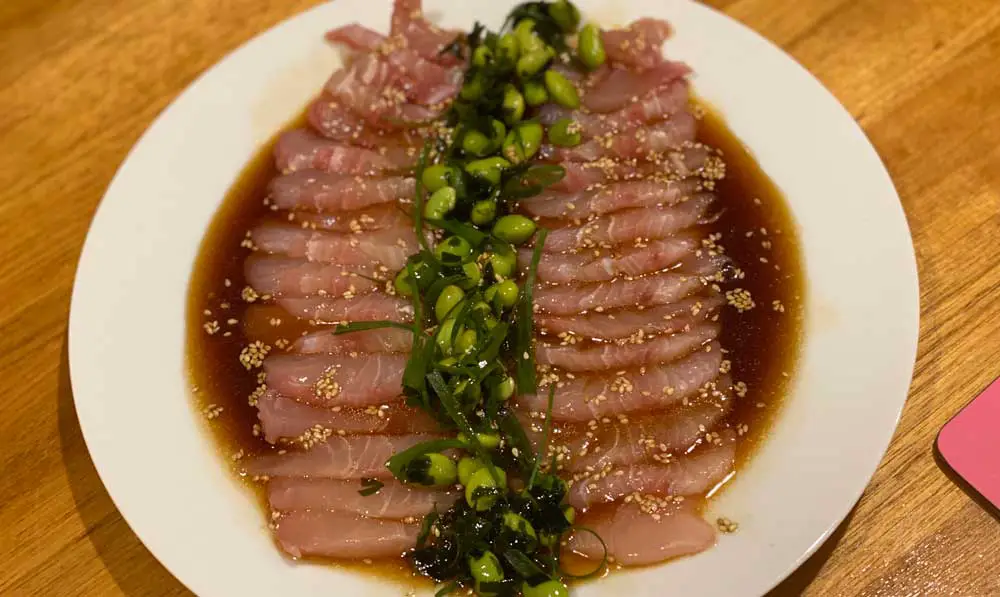
In addition, it can be fermented or unfermented. Katsuobushi is also made from other fish: with “yellow fin” tuna it is called maguro sushi, with another tuna, which translates as bullet tuna, soda sushi is made, with mackerel, saba sushi and with other small fish such as herring or anchovies, iwashibushi.
To prepare the first dashi (ichiban dashi), which is the tastiest and has the most umami, follow the instructions for kombu dashi and add the katsuobushi just before the water boils (the ideal temperature is 85ºC). When it sinks, remove the foam and strain.
Reuse the leftovers once more to make the second dashi (niban dashi) for dishes where its flavor is less prominent (e.g. in miso soup) by adding a little new katsuobushi.
Another variety, with a more pronounced flavor, is usually made from small dried unfermented fish (niboshi).
To prepare it, remove the heads and guts, heat 25 g of fish per liter of water with 10 g of kombu until just before boiling, skim off the foam and strain.
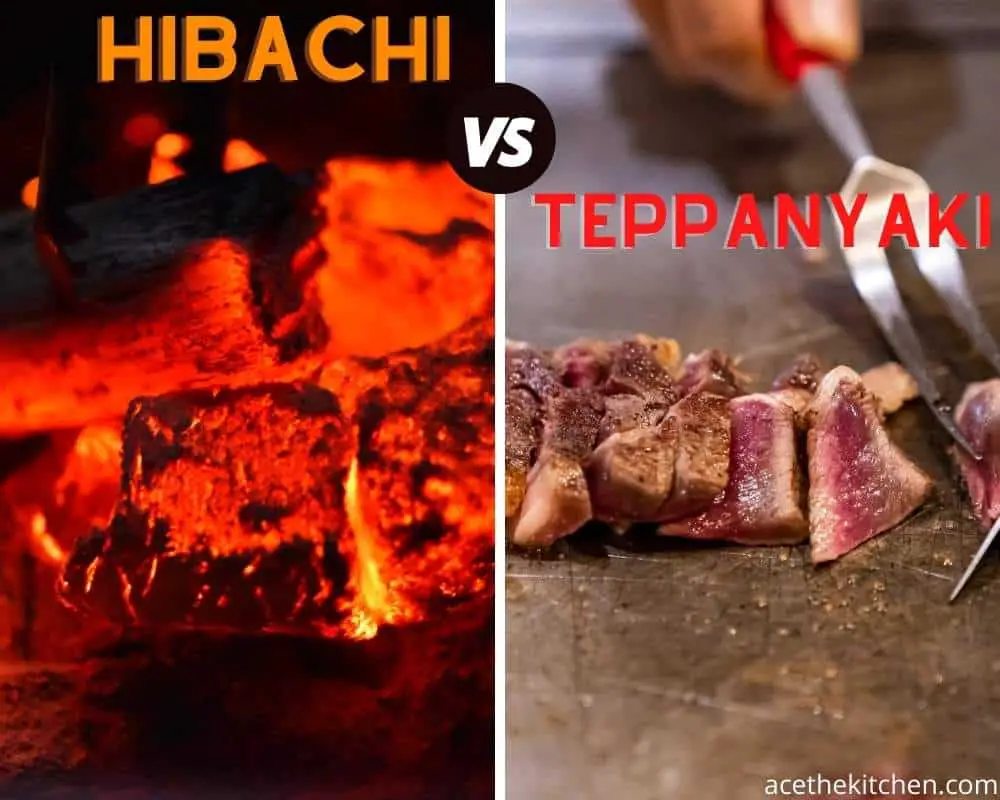
Vegetarian dashi (shojin dashi) is a real delicacy. It is made by replacing the fish with dried shitake, resulting in a very tasty broth, easier for Westerners and with the same amount of umami.
To prepare it, rehydrate 35 gr. of clean shiitake for 12 hours in half a liter of water until they are completely rehydrated and have released their aroma and umami to the water. Mix it with half a liter of kombu dashi and you are done.
To make the broth even more umami, it is advisable to keep the mushrooms in water at 40ºC, a temperature at which their enzymes multiply their production of guanylate, resulting in a much tastier dashi. To control the temperature you can heat the water with the mushrooms in the fire until it reaches 40ºC and then put everything in a thermos, which will keep the temperature constant.
Each of these secondary ingredients contributes to the monosodium glutamate released by the kombu another, the inosinate of katsuobushi or guanylate in the case of shitake, which enhances the perception of umami to such an extent that the addition of this multiplies up to seven times the sensation of umami.
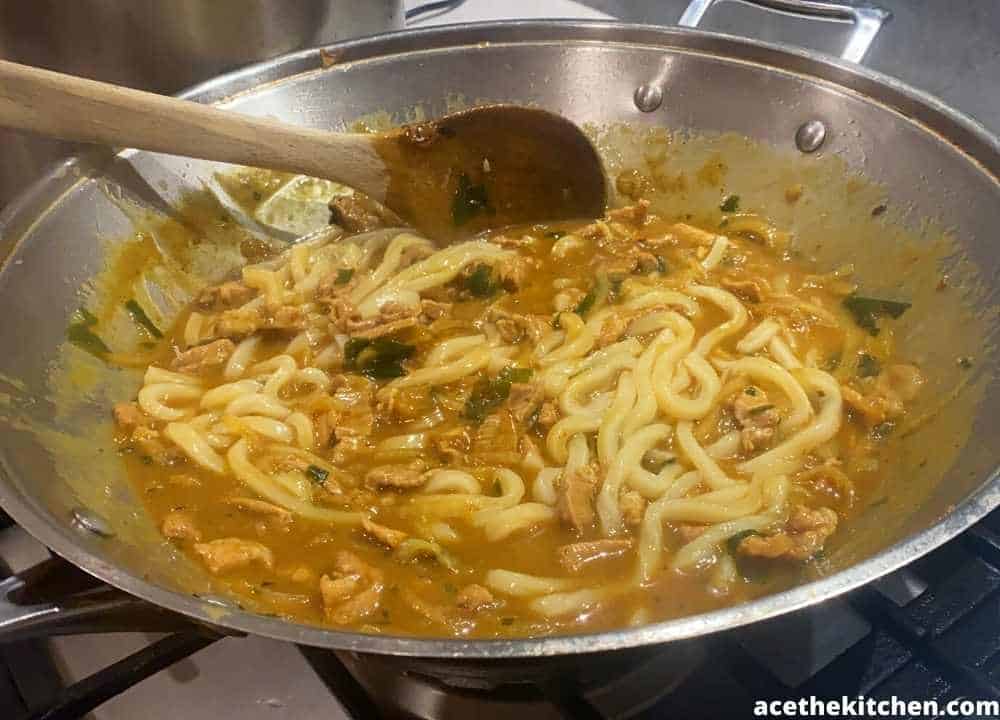
Tsukiji Tamura:
Ichiban dashi
- Soak the kombu for 1.5 hours in winter and 20/30 minutes in summer.
- Heat the water with the kombu until just before it comes to a boil, remove the kombu and remove from the heat.
- Add the katsuobushi. Remove impurities from the surface and when the katsuobushi has sunk to the bottom, strain.
Niban dashi:
- Put the above ingredients with 30 g more katsuobushi in 1 liter of water.
- Heat to boiling and simmer on low heat for 10 minutes and strain.
Ichiban dashi:
- Add the cleaned kombu to the water and heat until it reaches 65º/70ºC and keep until the dashi is tasty. Remove the kombu.
- Heat and add the Katsuobushi just before it boils, let it sink, remove the foam and strain.
Niban dashi:
Cook the ingredients in 750 ml of water with the strained ingredients from the first dashi and cook for 20-30 minutes.
Kyoto Kitchio (Osaka)
Ichiban dashi:
- Clean the kombu, cover it with water and leave it in the refrigerator at 5°C for 12 hours.
- Heat the water to boiling and add the katsuobushi. Stir gently and strain when it has sunk to the bottom.
Niban dashi:
- Add half a piece of kombu, the old katsuobushi and a little of the new katsuobushi.
- Heat and cook until done.
- Kikunoi
Ichiban dashi:
- Heat water to 60ºC, add the kombu and keep 1 hour at this temperature.
- Heat to 85ºC and add the katsuobushi. Let stand for 10 seconds and strain.

